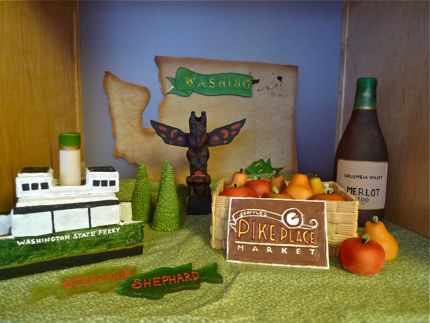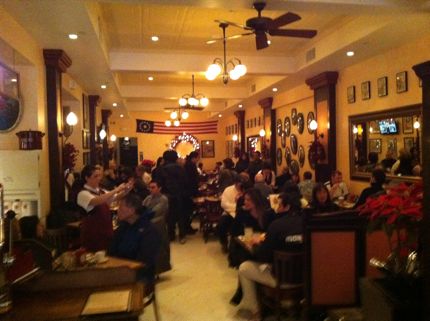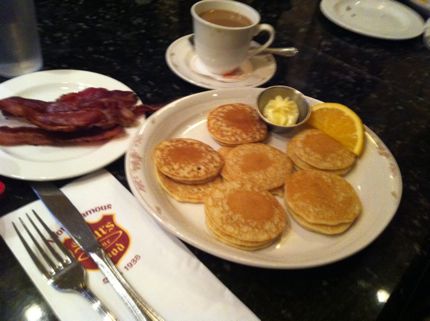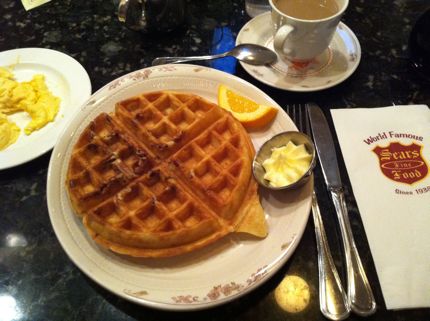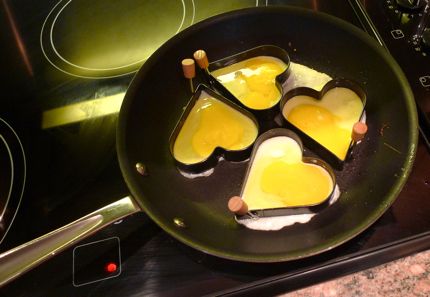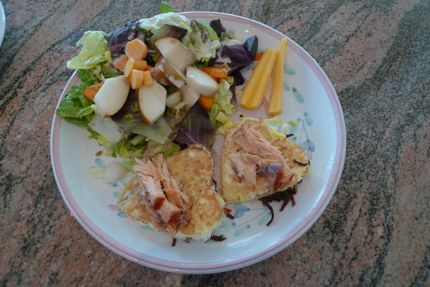Varietal: Syrah
Serves 6
Whipping up a big batch of Boeuf Bourguignon–Burgundy’s traditional beef stew–will keep you warm and cozy during the cold, cruel month of January. The recipe comes from the Bacchus Bistro at Domaine de Chaberton, one of British Columbia’s first estate wineries located south of Vancouver and near the U.S/Canadian Border in the picturesque town of Langley. This beef stew is made special thanks to the preparation of the garniture. The pearl onions, mushrooms, and bacon are sautéed separately from the stew so they retain their shapes and robust flavors. In combination with the meltingly tender meat and the well-balanced flavors from the slightly crunchy vegetables and smoky bacon, the stew forms the perfect pairing with the often leathery, peppery, smoked-bacon notes found in Syrah.
2 1/2 pounds beef brisket, cut into 1 1/2-inch cubes
2 teaspoons kosher salt, plus extra for seasoning
1 teaspoon freshly ground black pepper, plus extra for seasoning
2 to 3 tablespoons vegetable oil
2 cups diced white or yellow onions
1 cup diced carrot
1/2 cup diced celery
2 tablespoons minced garlic
1/4 cup all-purpose flour
3 cups dry red wine
1/2 cup sodium-reduced beef broth
1 tablespoon tomato paste
1 bouquet garni (See Cook’s Hint, below)
4 cups fresh pearl onions
5 slices thick-cut bacon, cut cross-wise into 1/4-inch slices
8 ounces white or cremini mushrooms, quartered
1/4 cup chopped fresh flat-leaf parsley
1. Season the meat with the 2 teaspoons salt and the 1 teaspoon pepper. In a Dutch oven, heat 1 tablespoon of the vegetable oil over medium-high heat. Add half of the beef and cook, turning occasionally, until well browned on all sides, 5 to 7 minutes. Transfer to a large plate and repeat with the remaining beef and another tablespoon of oil, if needed.
2. Reduce the heat to medium. Add 1 tablespoon of oil to the Dutch oven, along with the onions, carrot, celery, and garlic. Cook, stirring occasionally, until the onion is translucent and softened, 5 to 7 minutes.
3. Return the meat and accumulated juices to the pan. Sprinkle the flour evenly over the meat and vegetables and stir well to avoid lumps. Add the red wine, broth, tomato paste, and bouquet garni. Stir well and bring to a boil.
4. Cover, reduce the heat, and simmer gently, stirring occasionally, until the meat is tender, 2 hours. Season to taste with salt and pepper.
5. While the stew is cooking, bring a medium saucepan of water to a boil. Prepare an ice bath (see Cook’s Hint, below) in a medium mixing bowl. Add the pearl onions to the boiling water and cook 1 minute. Drain the onions in a colander and immediately plunge them into the ice bath. With a paring knife, trim the root ends and pull off the skin. Pat dry with a clean kitchen towel or paper towels and set aside.
6. Just before serving, heat a medium skillet over medium heat. Add the bacon and cook, stirring occasionally, until crisp and brown, 5 to 7 minutes. Remove the bacon from the pan and drain on paper towels. Pour off all but 2 tablespoons of the bacon drippings. Return the skillet to the heat, add the reserved pearl onions, and cook, stirring occasionally, until the onions are tender-crisp, 3 to 5 minutes. Add the mushrooms and cook, stirring occasionally, until they just begin to give off their liquid and aroma, 5 minutes. Remove from the heat and season to taste with salt and pepper.
7. Remove and discard the bouquet garni. Divide the stew among 6 soup bowls. Garnish with the mushroom-and-onion mixture, bacon, and parsley.
Cook’s Hints: (a) To make a bouquet garni, cut an 8 by 8-inch square of clean cheesecloth and fill with fresh herbs of your choice; the classic combination is thyme, parsley, and bay leaf. Pull up the ends of the cheesecloth and tie with kitchen string. Use the bag to flavor stews or soups, removing and discarding the bouquet garni before serving the dish. (b) Ice baths are called for when blanching vegetables or fruits; the cold water immediately stops the cooking process so that the produce doesn’t become overcooked. To make an ice bath, simply fill a large mixing bowl with ice cubes and add cold water to cover the cubes.
Recipe reprinted from Pacific Northwest Wining & Dining: The People, Places, Food, and Drink of Washington, Oregon, Idaho, and British Columbia (Wiley, 2007, $34.95) by Braiden Rex-Johnson.

